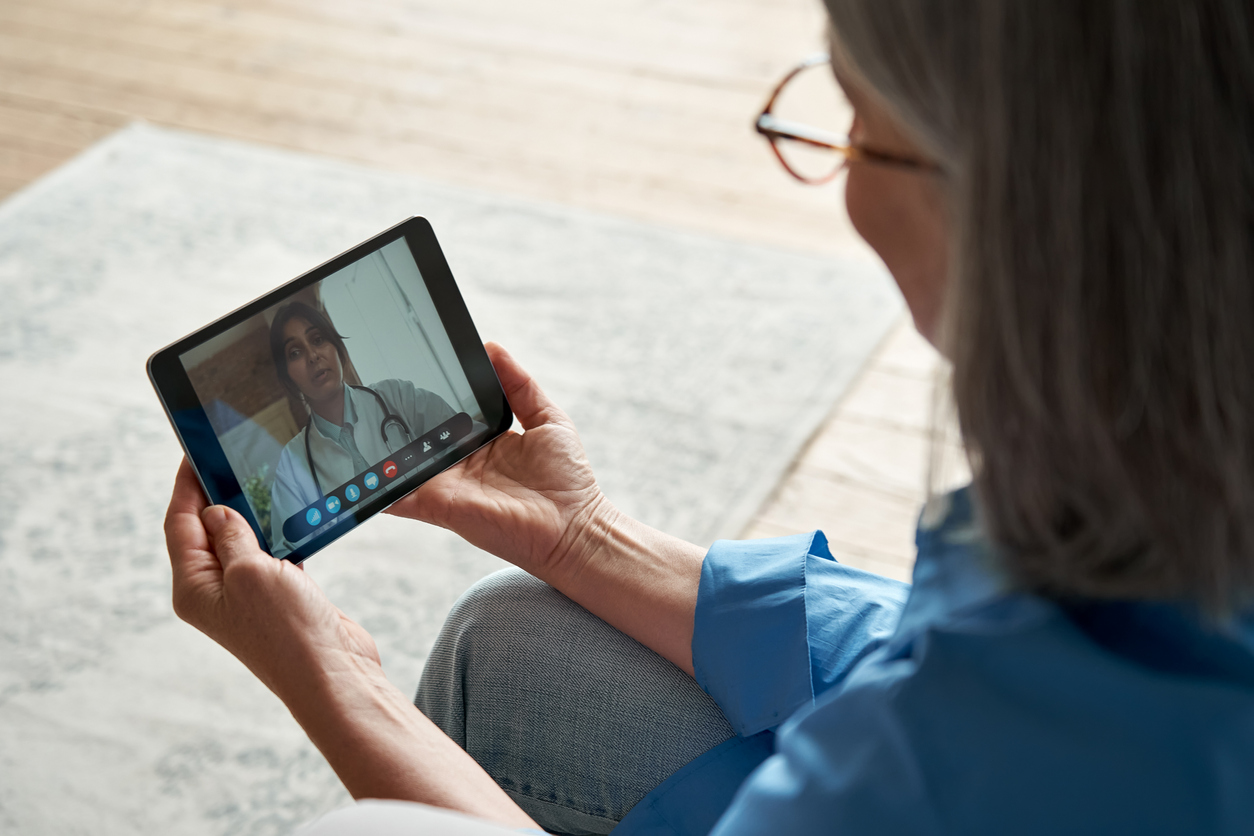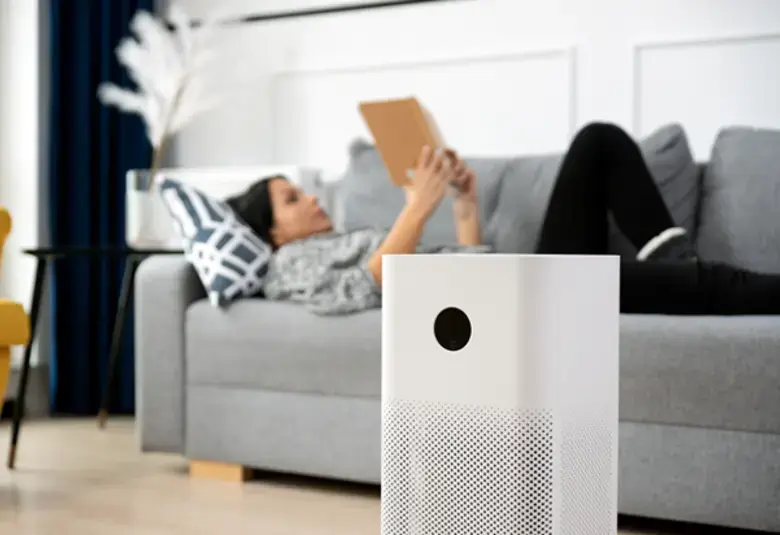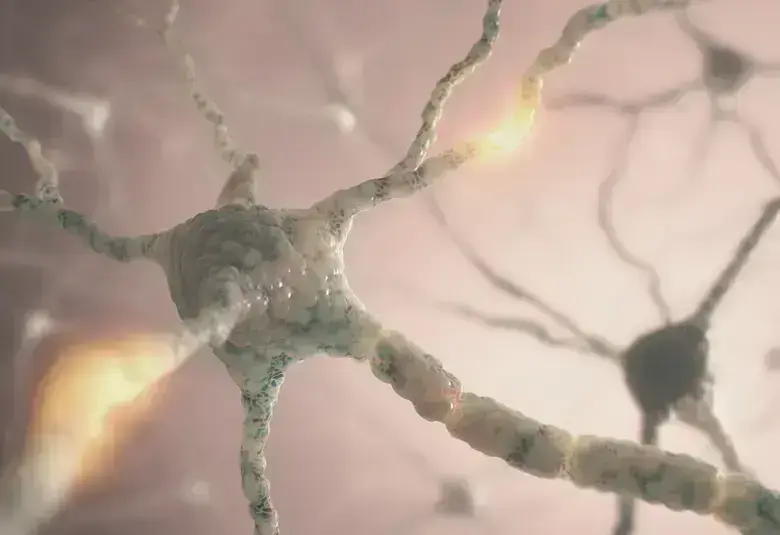That was the slightly nuanced overall verdict from the debate. While 93% of the online audience agreed that mental healthcare will not return to the way it was before COVID-19, only a small majority (58% vs 42%) thought that the profession had been radically changed.
Psychiatry post-COVID19 was the theme of a good-natured EPA Virtual 2021 debate which pitted Peter Falkai (University of Munich, Germany), who argued that the pandemic had brought evolution rather than revolution, against Andrea Fiorillo (University of Campania L Vanvitelli, Naples, Italy), who tried to convince us that change had been more dramatic than that.
But, in truth, there were more points of agreement than disagreement. One example is the fact that psychiatric services had proved to be resilient and adaptable in the face of unprecedented challenge as the disease caused by the virus, and the social isolation required to suppress it took a major toll on wellbeing.
This was evident in people with existing mental health problems, in those previously unaffected in whom problems developed, in health professionals and in wider society.1,2
The pandemic has changed our practice and perhaps also our patients
Vulnerabilities recognized
Another common theme was the profession’s undoubted commitment to ensure that services for the severely mentally ill remain a priority, and that their vulnerability in times of crisis – and indeed their greater risk of morbidity and mortality from COVID-19 itself – are recognized.3,4
In a nationwide study from the USA using electronic health records, the odds ratio of COVID-19 infection for people with a recent diagnosis of mental health disorder was greater than 7 for both schizophrenia and major depressive disorder.4
A third common element in the discussion was that telemedicine is compatible with triage.
Psychiatry is an essential part of medicine, and this does not change during a pandemic
Patients can be triaged without face-to-face contact
In an online multimodal psychosocial intervention developed by Professor Fiorillo and colleagues, the first step is contact via a help line, followed by 10-15 minutes of clinical evaluation. This screening step distinguishes people with moderate or severe symptoms, who require pharmacological treatment plus online psychoeducation, from those with mild symptoms, who receive 8-12 sessions of psychoeducation, and those who require only 2-3 sessions of psychological support.
Professor Falkai agreed that one response to the pandemic had been the accelerated development of tools that might identify those most at risk, and the deployment of additional online psychotherapy when needed.
COVID-19 has increased the vulnerability of some patients, he reported. In Munich, perhaps 8% of existing patients had experienced greater difficulties. But the symptoms of the majority had been relatively stable during the pandemic, and services had not been overwhelmed.
Today’s technology may accelerate tomorrow’s wider access to quality care6
Different effects on short and long-term access
The pandemic has helped us evolve, and it may have caused us to implement changes we should have implemented years ago, Professor Falkai suggested. Some patients prefer telemedicine, but we don’t need to convert everyone to it.
Professor Fiorillo noted that the short-term effect of COVID19 had been a reduction in the number of people seeking help with their mental health, whether measured by referrals or inpatient admissions, which – in the UK – fell by 12% and 20% respectively.5
But, paradoxically, the long-term effect of enabling telehealth consultation may be increased access to quality mental health care.6
For the latest updates on sea.progress.im, subscribe to our Telegram Channel https://bit.ly/telePiM
Our correspondent’s highlights from the symposium are meant as a fair representation of the scientific content presented. The views and opinions expressed on this page do not necessarily reflect those of Lundbeck.




